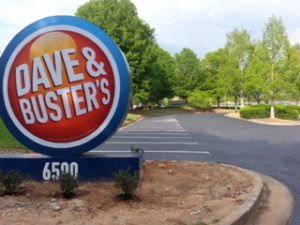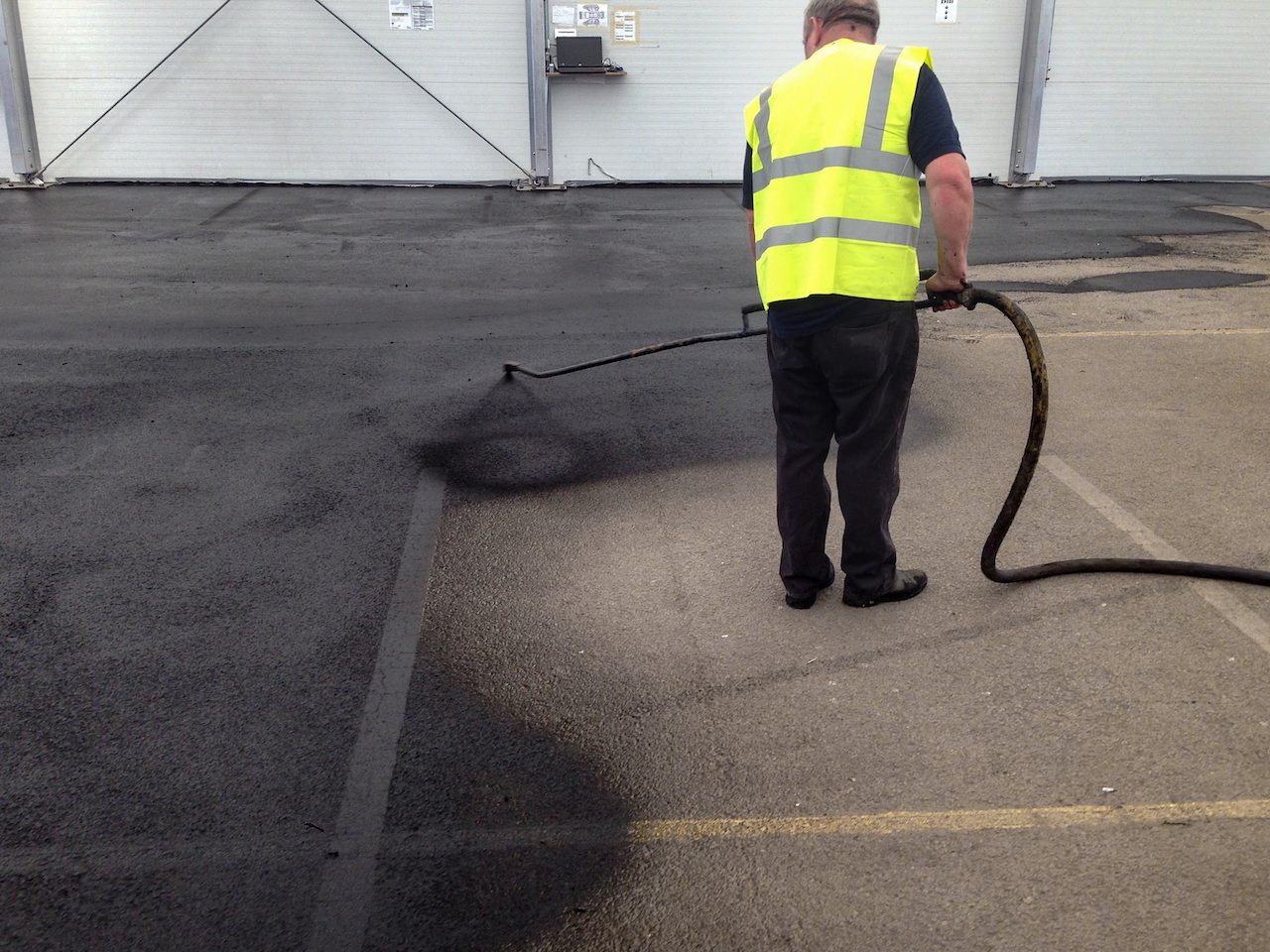
Asphalt Sealcoating – Understanding Quality
Did the contractor insist on making necessary repairs?
Sealcoating can cover tiny cracks or other surface imperfections, but it is not a crack filler. It cannot repair asphalt pavement that has alligatored, patch large cracks or fill potholes. Applying sealant over damaged areas is a recipe for failure.
Did the contractor ensure that the pavement was cleaned thoroughly?
Before sealants are applied, the pavement must be cleaned properly. Many fly-by-night sealcoating contractors simply sweep the pavement with a broom or hit it once with a quick burst of compressed air. In virtually all cases, the pavement is going to need some serious cleaning to remove caked dirt, tree sap and oil stains. If the pavement is not clean, the sealant cannot form a strong bond and will quickly disappear.
Did the contractor verify that the weather conditions were acceptable?
There are many ways that the weather can affect sealants. For example, when the relative humidity is extremely high, it will take longer for the sealant to dry sufficiently for a second coat to be applied. Areas that are in heavy shade will also require additional time. The contractor must also verify that there is no precipitation in the forecast; even a drizzle can spoil a sealcoating job. There are some weather conditions for which the contractor can compensate by using additives in the mix, but there are other conditions that may make it impossible to deliver quality work, so the job should be delayed until conditions improve.
Did the contractor have the right equipment for the scope of the job?
Sealcoating professionals can choose from a wide array of products to be used for applying sealants. There are low-pressure systems, portable systems, high-pressure systems and even squeegees. Some systems are designed to be used primarily for small jobs such as short residential driveways. Other systems are capable of covering large areas quickly. The equipment used must be matched to the scope of the job to ensure that the coat is even and applied to the correct thickness. Furthermore, many jobs require multiple pieces of equipment. For example, a parking lot may need to have one coat applied with a sprayer and a second coat applied with a squeegee, or a special squeegee head may be needed to apply sealcoating around wheel stops or for cutting in around edges.
When Quality Counts, Count on MH Greeson
MH Greeson Paving is an asphalt paving company and specializes in asphalt maintenance for customers in the Atlanta metropolitan area and most locations in North Georgia. We offer high-quality work at reasonable prices whether you need seal coating, parking lot striping, asphalt repair, traffic signs, asphalt paving, car stops or bollards. For a free quote, simply submit the handy request form online or call (770) 335-2983.




